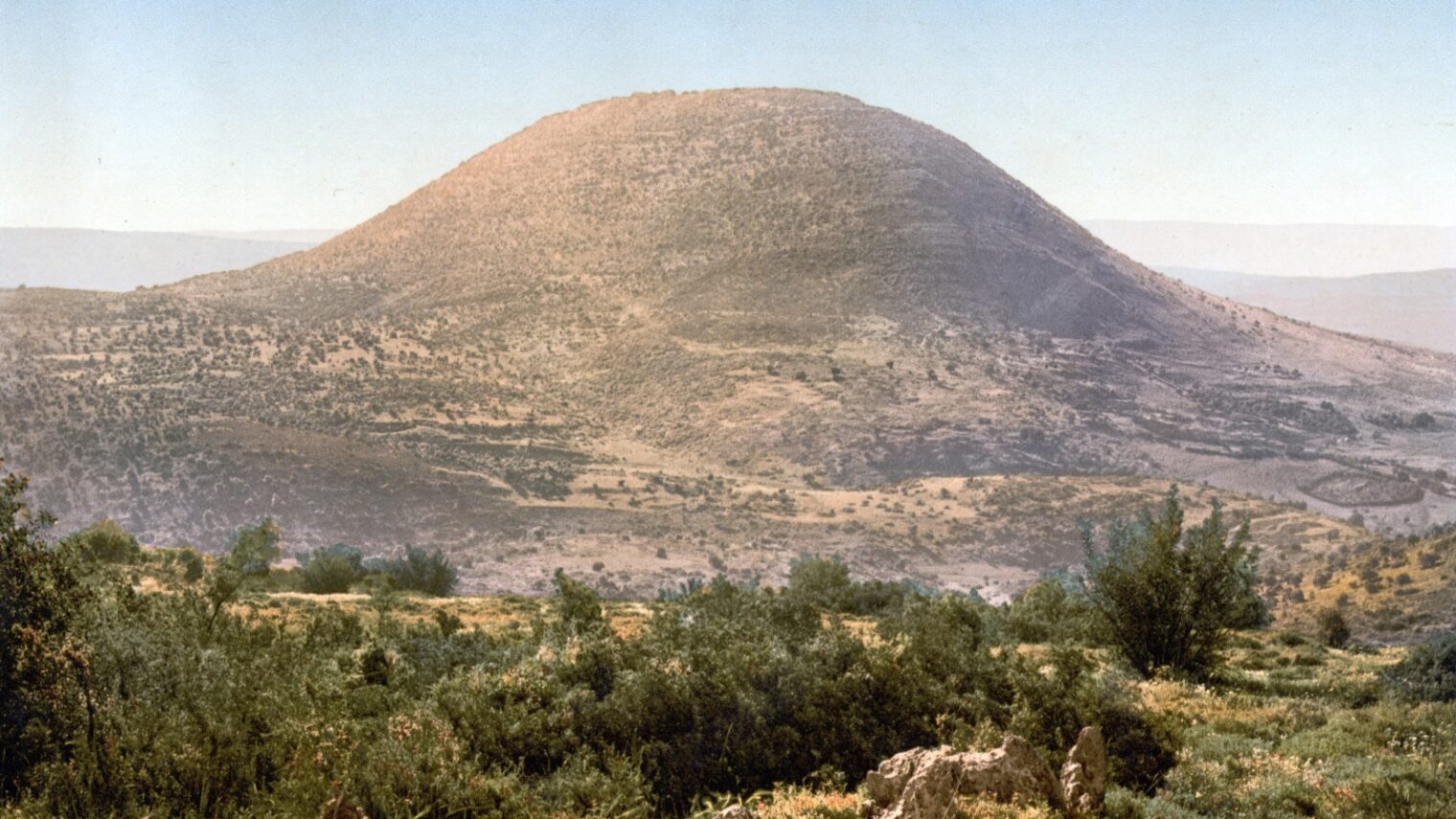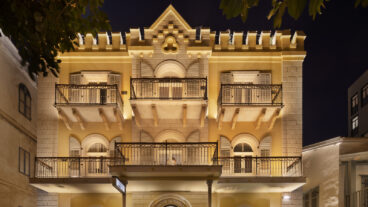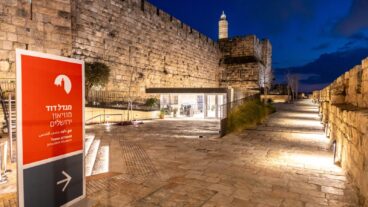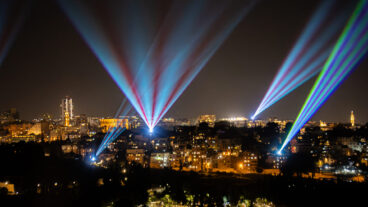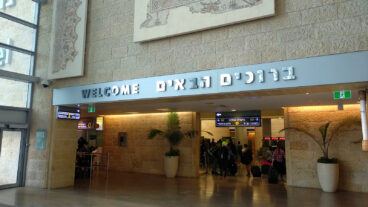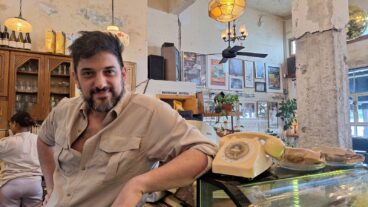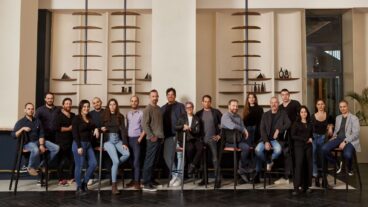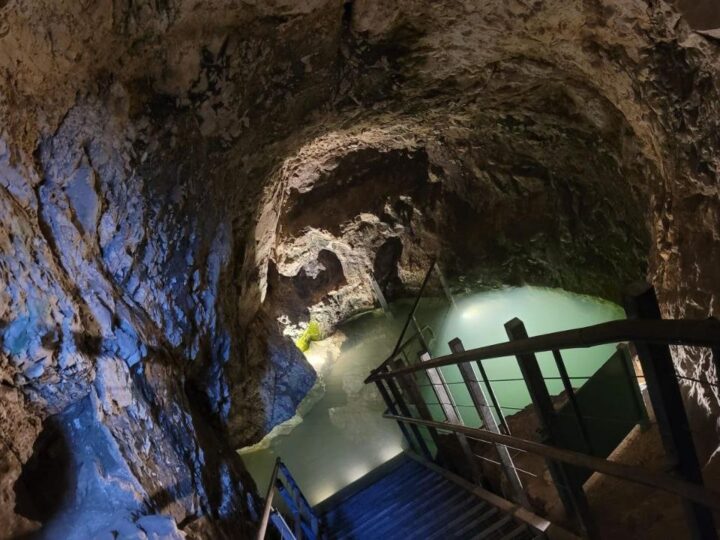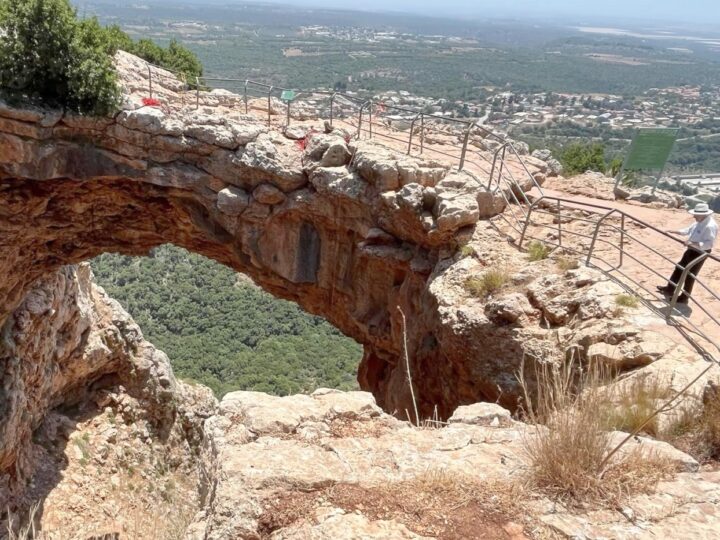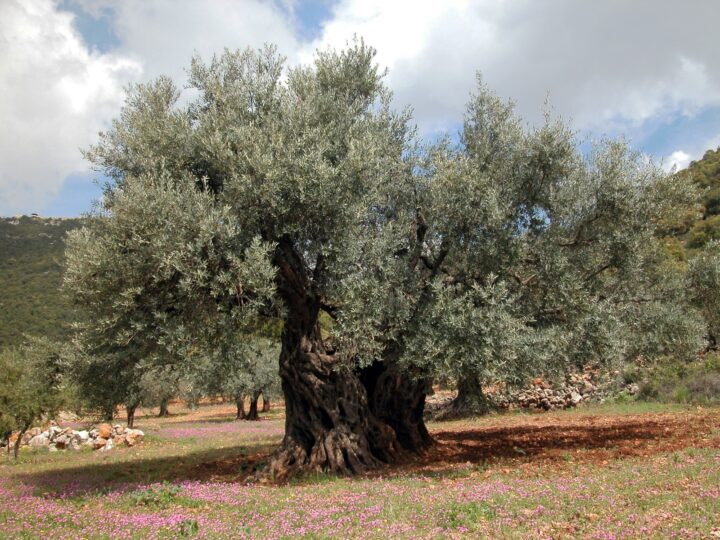Ask a child to draw a picture of a mountain and the result will probably look a lot like Israel’s Mount Tabor: a simple sphere topped by a neat cap, surrounded by a green valley.
“There are very few mountains that look like it in the world,” says Gil Haran, tour planning director and lead tour guide at Touring Israel.
From the window of his office on Moshav Nir Yafe in the Jezreel Valley, he can see Mount Tabor (Har Tavor, in Hebrew) in the distance.
The modest pine-tree-covered peak — about 18 kilometers (11 miles) west of the Sea of Galilee — rises about 575 meters high (1,886 feet) at its highest point.
“It’s not a very high mountain compared to the surrounding area; the mountains in Nazareth are higher. But because it sticks out in the middle of a valley in a perfect shape, that makes it unique and very noticeable,” Haran tells ISRAEL21c.
Situated at the top of the Jezreel Valley at an important crossroads, Tabor overlooks one of the two strategic highways of the ancient world used by merchants and conquering foreign armies from all directions. The rabbis of the Talmudic period called Mount Tabor “the navel of the world.”
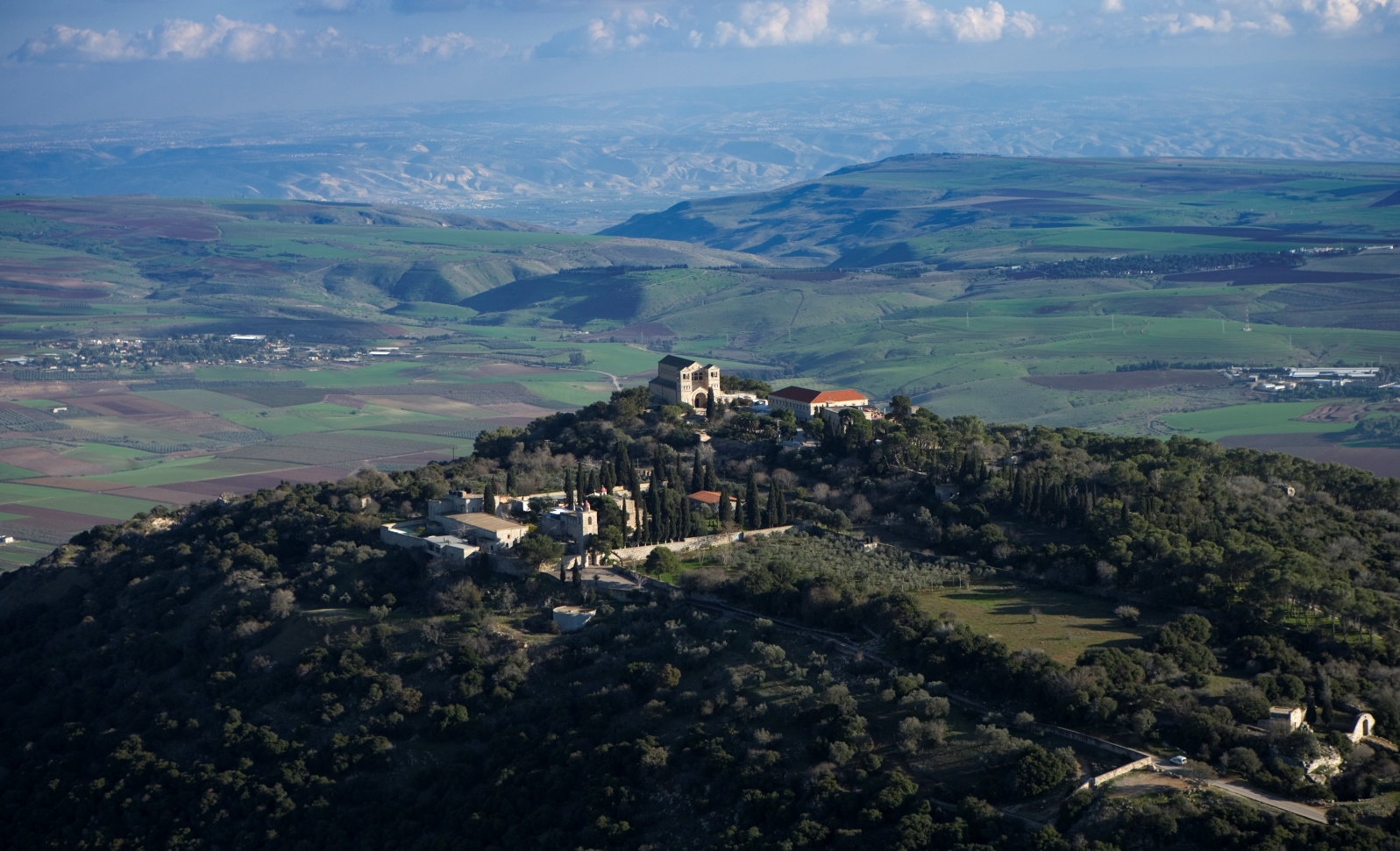
One reason for Mount Tabor’s popularity is the 360-degree view of the Jezreel Valley, Mount Gilboa, the Samarian mountains, Mount Carmel, the Golan Heights, Gilead, Afula, the Lower and Upper Galilee, and even Mount Hermon at the Lebanese border to the north.
Some kibbutzim have an annual tradition of a youth climb up Mount Tabor to see the sunrise. Lots of tourists also find this to be one of the best places in Israel to watch the glorious sunrise.
Reach the peak on foot via a trail built by Keren Kayemeth LeIsrael-Jewish National Fund or by car or minibus. There is no entry charge.
“In the summer, it’s best to climb before the hot hours of midday, although some of the path is shaded,” Haran recommends. “At an average pace it will take about an hour.”
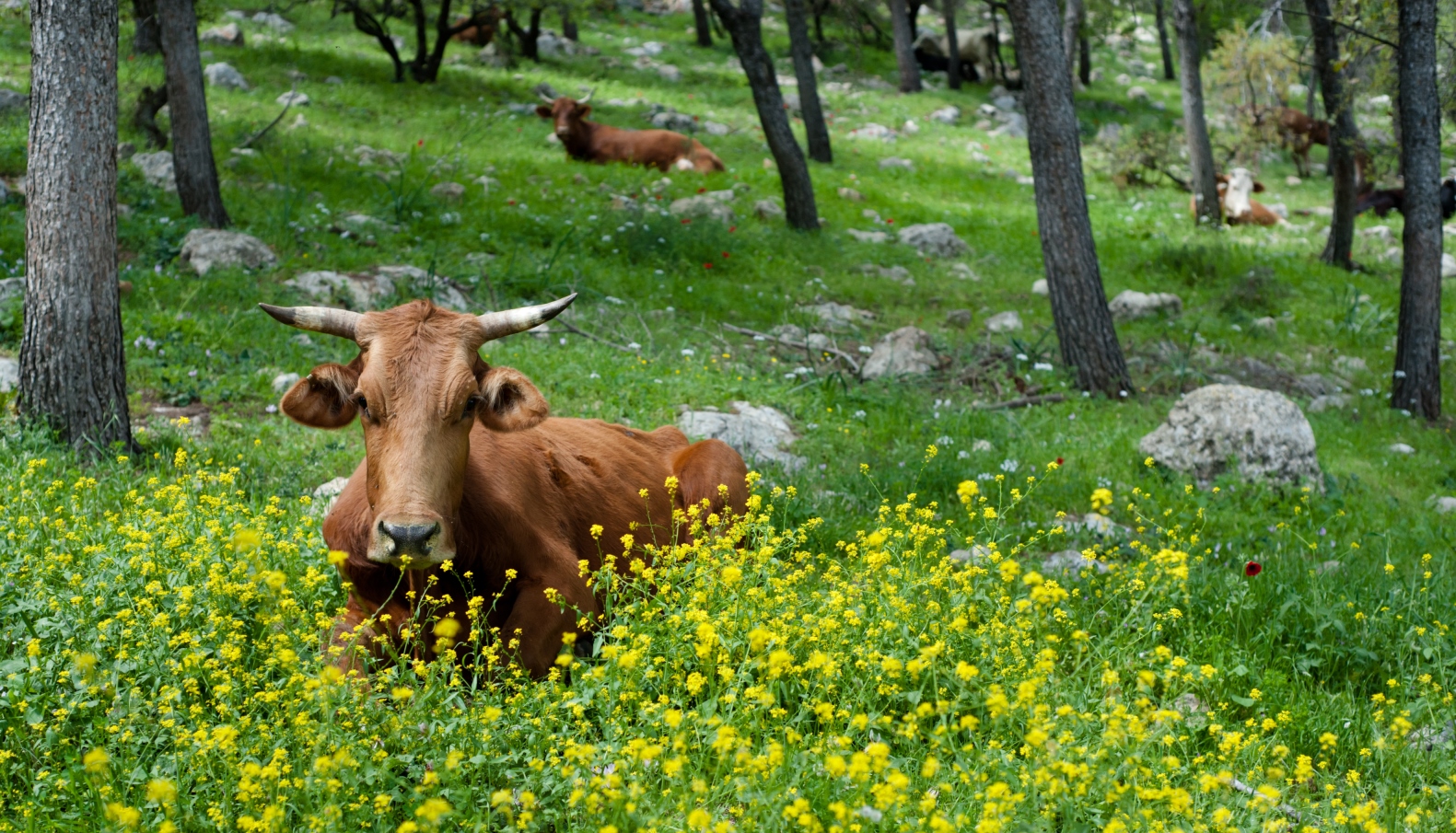
If you don’t have a vehicle, a taxi service operated by residents of the Bedouin village of Shibli will take you up for a fee. They also run a gift shop at the bottom of Tabor. Inside Shibli is the Galilee Bedouin Heritage Center.
Note that there are no campgrounds, picnic or barbecue areas or food concessions on Mount Tabor. Restrooms are available.
Tabor in the Bible
The mountain figures prominently not only on the horizon but also in Jewish and Christian Scriptures.
“We read about it in the Hebrew Bible in several places. When the prophetess Deborah is fighting against [the Canaanite general] Sisera, she gathers the fighting forces of the 12 tribes on the steppes of the mountain. And she sits under a tree to pass judgment next to the mountain,” says Haran.
“One of the villages in the foothills is Daburiyya, an Arabic variation of Deborah. That preserves the historical events mentioned in the Bible.”
Mount Tabor isn’t named specifically in the Christian Bible, but it is the assumed location of the Transfiguration, where according to the Gospels Jesus took three disciples following a three-day walk south from Caesarea Philippi (Banyas) and miraculously spoke there with the prophets Moses and Elijah.
Due to this distinction, the top of Mount Tabor is shared by the Catholic Church and the Eastern Orthodox Church.
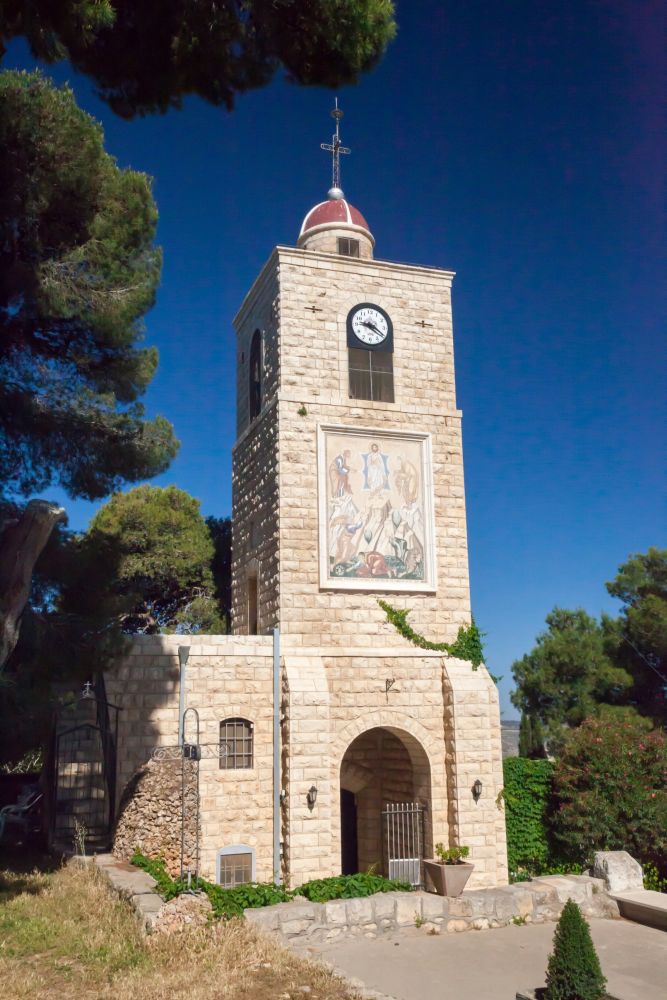
The 19th century St. Elias Greek Orthodox Monastery on Mount Tabor was the first religious structure built by Romanian Christians in the Holy Land. This side also has a church and a small museum open by request. An all-night vigil is held every August 6 in commemoration of the Orthodox Feast of the Transfiguration.
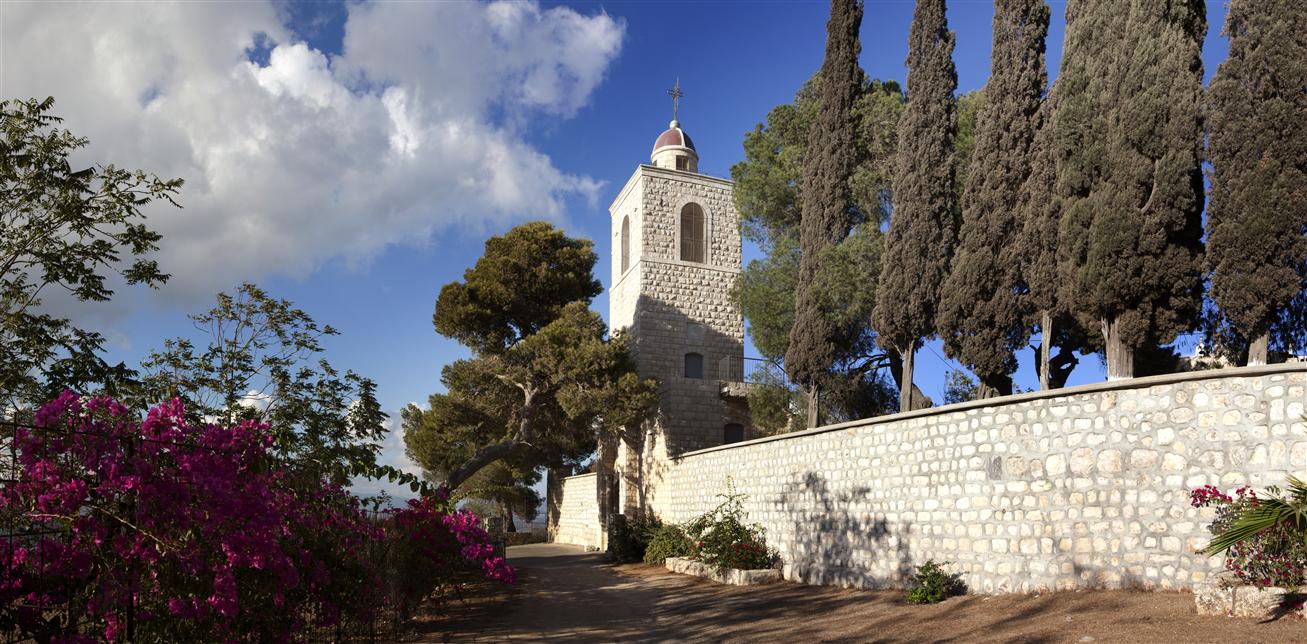
The Franciscan (Catholic) Church of the Transfiguration was built in the early 1920s on the ruins of a Byzantine church from the fifth or sixth century and a Crusader church from the 12th century.
Inside this church are two chapels, one built toward end of the 19th century under the Ottoman Empire, and a larger one built during the British Mandate, Haran explains.
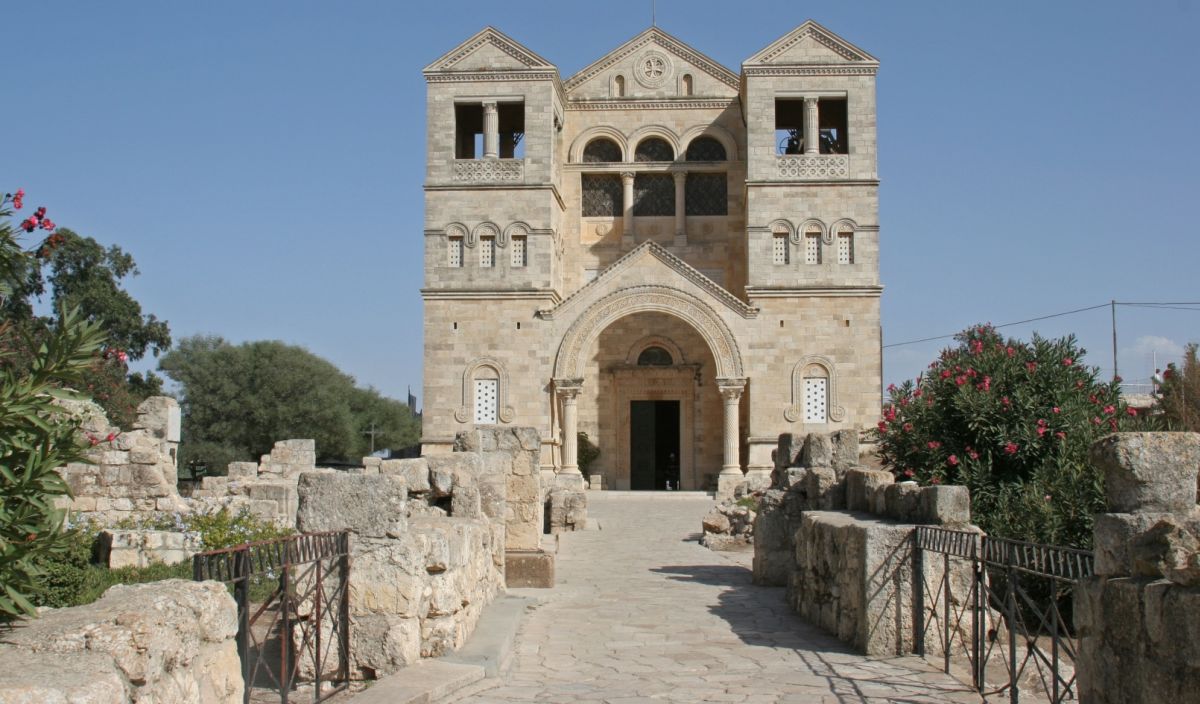
“Inside the newer chapel, on the peak of the mountain, you can see in a crypt there are steps leading down to a chamber where you can see the natural rock and a crevice in the rock thought to be the footprint of Jesus.”
According to the Christian Information Centre, the Church of the Transfiguration is open every day from 8am to 6pm in summer, till 5pm in winter, except between noon and 2pm Saturdays. It’s closed on Good Friday and Holy Saturday. Information: 972-(0)4-662-0720 or basilicatabor@yahoo.com.




